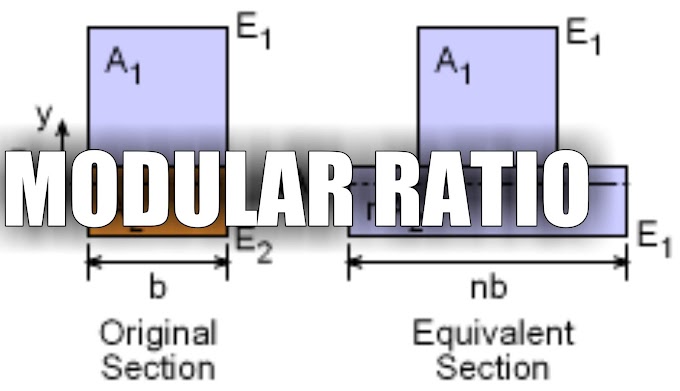The design procedures adopted for any concrete structure should conform to the following Indian code, published by the Bureau of Indian Standards, New Delhi
IS 456:2000 - Plain and reinforced concrete - Code of practice (fourth revision)
This code shall henceforth be referred to as the Code in the chapters to follow, References have also been made to other national codes, such as ACI 318, BS 8110, CSA CAN3-A23.3 and Eurocode, wherever relevant.
Loading Standards
The loads to be considered for structural design are specified in the following loading standards:
IS 875 (Parts 1-5): 1987-
Code of practice for design loads other than earthquake) for buildings and structures (second revision)
Part 1: Dead loads
Part 2: Imposed (live) loads
Part 3: Wind loads
Part 4: Snow loads
Part 5: Special loads and load combinations
IS 1893: 2002
Criteria for earthquake resistant design of structures - Part 1: General provisions and Buildings (fourth revision).
Design Handbooks
The Bureau of Indian Standards has also published the following handbooks,
which serve as useful supplements to the 1978 version of the Code. Although the handbook need to be updated to bring them in line with the revised (2000 version) of the Code, many of the provisions continue to be valid (especially with regard to structural design provisions).
SP 16: 1980–Design Aids for Reinforced Concrete to IS 456: 1978
SP 23: 1982 - Handbook on Concrete Mixes
SP 24: 1983 - Explanatory Handbook on IS 456: 1978
SP 34: 1987-Handbook on Concrete Reinforcement and Detailing
Other Related Codes
There are several other codes that the designer may need to refer to.
IS 13920: 1993-Ductile detailing of reinforced concrete structures subjected to seismic forces
IS 3370: 1965- Code of practice for concrete structures for the storage of liquids.
Other codes dealing with the design of special structures, such as bridges, folded plates and shells, chimneys, bunkers and silos, are not covered in this book, the scope of which is limited to basic reinforced concrete design.





0 Comments